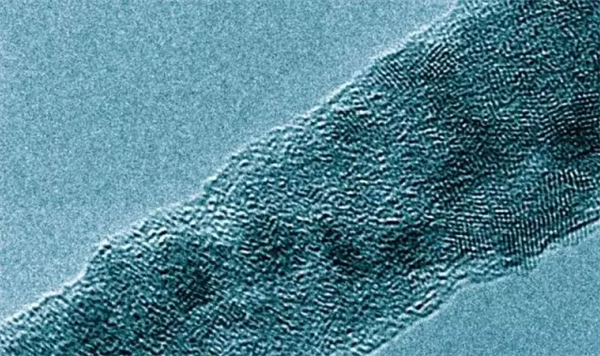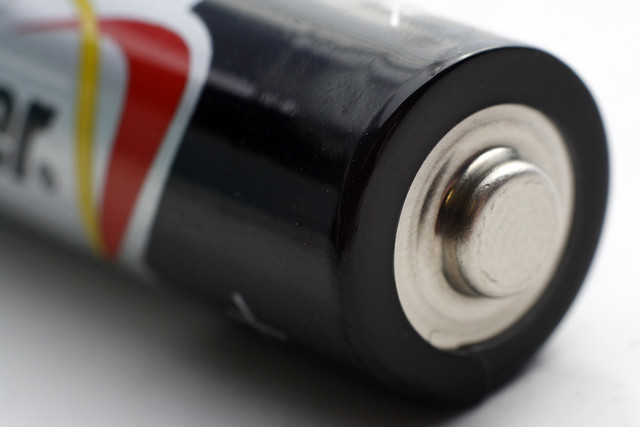Refurbish Lithium Ion Battery Introduction and Effect
Dec 31, 2019 Pageview:2142
What is a refurbish lithium ion battery?
Refurbished Lithium-ion batteries are those Li-ion batteries that appear to be dead and then brought to life once more. These batteries do not have their 100% capacity, however, in some cases, some can be brought back to almost 80% of their original capacity. To fully understand what really happens inside a Lithium-ion battery, we need to know the chemistry behind it. Anything that happened inside of a battery is a chemical reaction. The negative electrode is made of graphite material "same material found in your pencil". The positive electrolyte is made of a lithium transition metal oxide material. In healthy Li-ion batteries, ions flow freely between the two plates, the cathode "negative side", and the anode "positive side". This flow is what causes energy. When charging the battery, ions are forced to reverse their paths to flow from the cathode to the anode instead, using what is called the battery reverse flow.
Over time, this process -the reverse flow- wears the cathode down, which in return reduces the battery capacity. For high-end Li-ion batteries, after you hit the 1000 charge cycle, the capacity is reduced to only 20% of its original capacity. To fully imagine this process, imagine that whenever you recharge your electronic device you shave a few seconds of its maximum battery life. Take into consideration, that discharging and charging your battery in erratic weather conditions will decrease your battery's life span dramatically.
A Li-ion battery is in a state of constant lose of charge -unless you are charging it-. According to Cadex Electronics, a battery testing firm, fully charged Li-ion battery will lose around 20% of its capacity when stored for a year in optimum conditions. And an empty Li-ion battery will fall into a deep discharge state, where the battery's protection circuit will kick in locking the battery and its ability to recharge once again. To recharge a battery reached a deep discharge state you have to go to a specialist at it is a safety hazard to try to do it yourself.
The degradation of Li-ion batteries has nothing to do with the structural degradation of the electrode materials inside the battery during the charge and discharge cycles.
How long do lithium ion batteries last unused?
Lithium-ion batteries continue to slowly self-discharge when stored or even when not used. That is why it is recommended to check the battery status every now and then even the battery is not used.
The time Li-ion batteries take to self-discharge when stored depends on several things. The most important factor of those factors is the temperature the battery is stored in. Higher temperatures above 20oC reduce the battery storage life tremendously.
If by any chance, you are experiencing weather that is below the 0oC or above 40oC DO NOT, charge your battery at all. Charging batteries in these conditions may damage the battery and cause risk to your person as the battery may explode or catch fire.
Before storage, it is recommended to charge or discharge your Li-ion battery to around 40% and then store in a cool place like the refrigerator (do not use the freezer, and wrap your battery in an isolation cloth or bag). If you are going to store your battery for more than six months, then you need to charge your battery to around 50% every six months of storage (at least). When storing a Li-ion battery, remove it from the product. Do not store the battery while attached to the product.
If you performed the above steps when storing a Li-ion battery, you can reach a storage time of almost two and a half years.
Lifetime evaluation of the Li-ion battery is very tough to determine though. That is why; big companies are reluctant to issue a specific time warranty for Li-ion batteries. That is due to the fact that if you want to know the behavior or a Li-ion battery over the span of eight years, you have to actively test it for eight years in all conditions to make such a claim.
Does refurbishing lithium ion battery affect performance?
The short answer is yes. Li-ion batteries have unexpected behavior especially when being refurbished. Statically, refurbishing a Lithium ion battery gets you an average of 60% to 80% of its original capacity. Since refurbishing a Lithium ion battery means getting the battery back from the dead, there are some quick tips you can do to ensure that you get performance near that of a new one.
Try reading the Voltage
Remove the battery from whatever device they are powering; take a voltage reading via your voltmeter. If your battery is rated 3.7V and your voltmeter reads only 1.5V, that may mean that your battery is in deep sleep. That is a state a Lithium ion battery goes into if it was drained too much.
Connect a compatible charger to your battery
There are some chargers on the market with "wakeup, recovery, or boost" features. These chargers can recover your Lithium ion battery and get it back from its deep sleep state. It is worth noting, that you should not try this procedure if your battery's voltage reads below 1.5V.
Keep charging for a minute and then check
Leave your battery charging for a minute, then remove it and take a voltage reading. If you find nothing has happened do not be disappointed, not every dead battery can be revived.
Perform a charging cycle
After making sure your battery is awake once again and charging. Give it a full charge. After fully charging put the battery in a heavy load device, like an LED lamp and discharge it.
To improve the performance freeze it.
After the previous step, seal the Lithium ion battery in a bag and ensure that no moisture would enter this bag and put it in your refrigerator. Keep it for about 24 hours, and then take it out. Let it thaw for around 8 hours at room temperature.
Charge the battery once more
After that charge the battery and use it as you normally would. You would notice an improvement in its performance. However, do not expect it to be 100%.
Leave Message
Hottest Categories
-
Hottest Industry News
-
Latest Industry News












